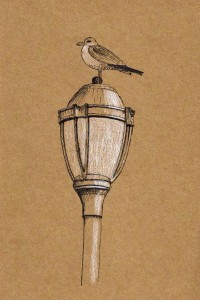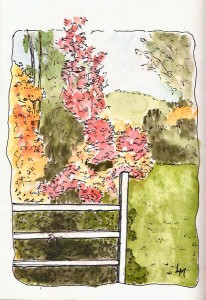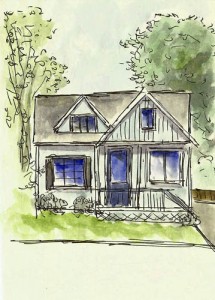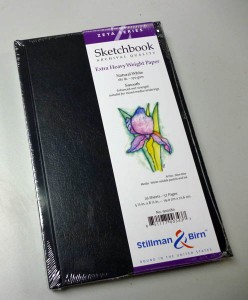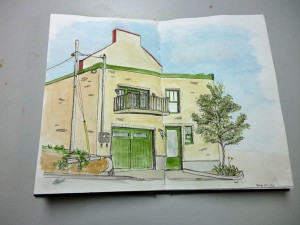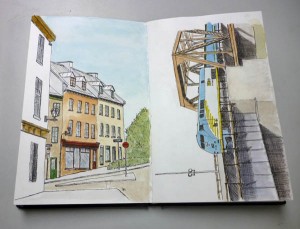Winter sketching, as I’m mentioned before, is confined my sketching to indoor venues. That’s ok because there are museums, coffee shops, and librarys to provide sketching opportunities. But what’s a guy supposed to do when he’s sitting at home and wants to draw?
Photos? I’m not very good at drawing from photos as I don’t feel I can ‘see’ the same as when I’m actually on location. It’s also not as much fun for me. But that’s the choice that Mother Nature gives me so what the heck…photos it is.
What photos, though? I’ve taken a lot of photos of Quebec City with the thought of using them as sketching material but it’s occurred to me that there may be better alternatives. Why not sketch stuff I can’t see any more? Dirigibles, Victorian hats, inkwells, carrier pigeons or steamships? Or trains….that’s it…trains.
Our society decided we’d subsidize the trucking industry in the 50s and 60s by building a highway system which allowed that industry to outcompete the railroads, that had to maintain their own ‘roads.’ So, now we’ve got LOTS of trucks to draw, lots of trucks burning fuel, and the warehouses of our world have become 18-wheel diesel-powered boxes clogging up our highways. Oh and we have far fewer trains. So yeah, I could draw trains.
And what better place to start than with the lowly caboose. As a kid, train watching was a big deal. We’d wave at the engineer as the engine went by, hoping he’d blow the whistle for us. Then we’d wait…and wait and finally, after a bunch of boxcars, tankcars, and hopper cars, here it would come…the CABOOSE…the crummy, the brain box, the dog house…whatever you called it – it was RED! They were mostly eliminated from trains in the 1980s, replaced by “EOTs” (End Of Train device) which are boring boxes of electronics and a red light that get hung on the end of the train. Kids don’t watch trains any more and I don’t blame them. My daughter didn’t even know what a caboose was when I showed her my sketch.
I sketched this one from a black and white photo in a book I own. It was fun. My daughter learned what a caboose was. Maybe I’ll draw some other things she has never seen.



